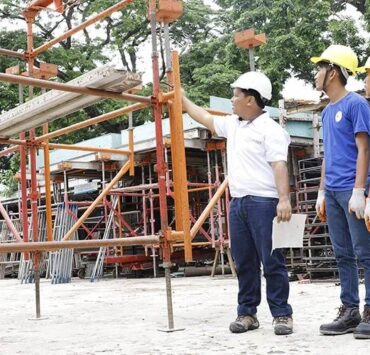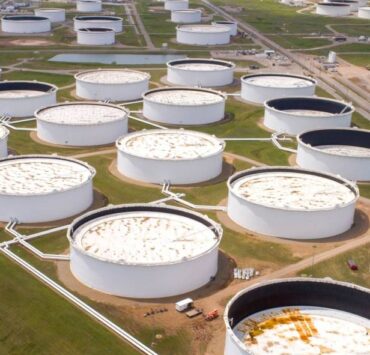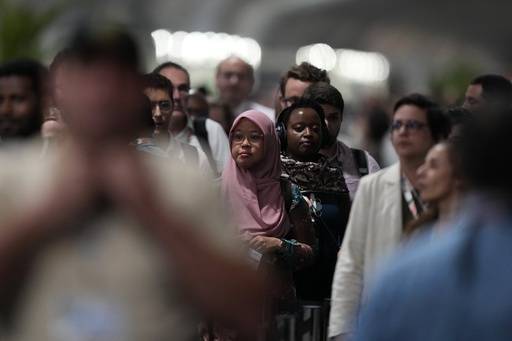Conservation efforts revitalize Tiwi’s coastal areas
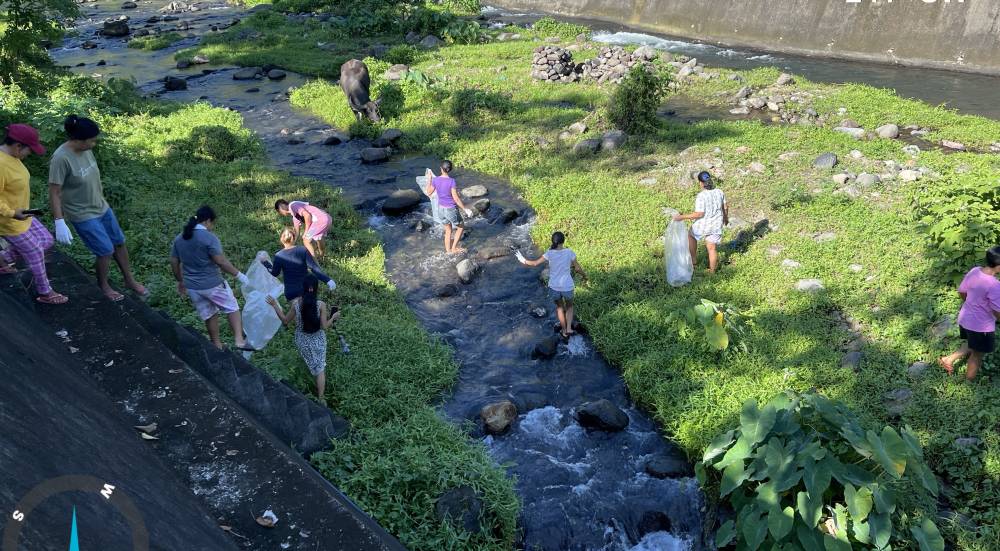
Sustainability has been the common talk for years, especially among government leaders and business executives worldwide. Major corporations, in particular, are under pressure to take action specifically on economic, environmental, and social concerns relating to sustainability.
In the Philippines, the Sy family-led conglomerate SM Investments Corp. (SMIC) says it is intent on cutting its environmental footprint while providing a hefty contribution to the local economy.
Through its geothermal power firm Philippine Geothermal Production Co. Inc. (PGPC), for instance, SMIC has launched programs to preserve marine environments and communities in Tiwi, Albay province.
“Our holistic approach to coastal conservation not only focuses on environmental protection but also on improving the livelihoods of local families. By integrating education, community engagement, and sustainable practices, we aim to create lasting benefits for both the environment and the people,” said PGPC president Napoleon L. Saporsantos Jr.
Destructive effects
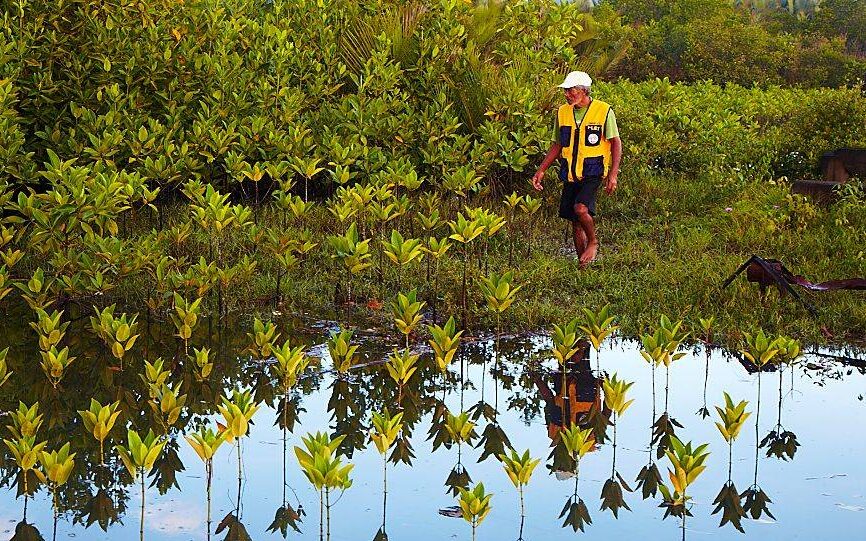
Covering 14 coastal villages, PGPC’s program called Environmental Conservation for Sustaining Tiwi’s Aquatic Resources (ECO-STAR) aims to protect the 4.2-square-kilometer Corangon Marine Sanctuary and rehabilitate its beach and mangrove areas.
The initiative started with creating the Watch Station area, which serves as Tiwi’s central resource and information center for coastal and fishery education, and the conduct of an education campaign on the destructive effects of illegal fishing practices, such as cyanide and dynamite fishing.
Since the start of the program, more than 300,000 mangrove and beach tree species have been planted, boosting the revitalization of the province’s coastal ecosystems. It has also led to the rescue and release of 327 sea turtles since 2013, fostering the return of the sea animals, which help maintain the health of marine environments, to Tiwi’s shores.
Livelihood programs

“This success has prompted PGPC and Tiwi Local Government Unit to create the Sea Turtle Awareness and Rescue (STAR) Center. The program also organizes fundraising events through the annual fun run to save sea turtles, contributes to the Municipal Tourism Development Plan, engages with the Tiwi Municipal Tourism Council, and other activities like mangrove and beach tree planting, coastal cleanups, and coral mapping,” noted SM in a statement.
Recognizing the need to complement environmental activities by engaging communities to act as “stewards of the coast,” PGPC has teamed up with local organizations to create livelihood opportunities for women in Tiwi, such as the production of seaweed-based products, including noodles and cracklings. This move has empowered families as they get an additional income stream amounting to P3,500 a month.
The program also engages the younger generation through the Youth Environmental Leaders League, whose members participate in annual summer camps that provide training in marine conservation, first aid, and other essential skills, thus helping develop future environmental leaders.
SMIC says the ECO-STAR project is committed to transforming Tiwi into “a vibrant Eco-Adventure Marine Park.” Also being rehabilitated is Bariis River through coastal cleanup activities, solid waste management, tree planting, and awareness campaigns.
“While the Bariis River is crucial to our renewable energy operations, our primary goal is to ensure the health of our ecosystems. Clean rivers contribute to a healthy environment overall, and that’s why we are dedicated to their preservation,” Saporsantos said.














